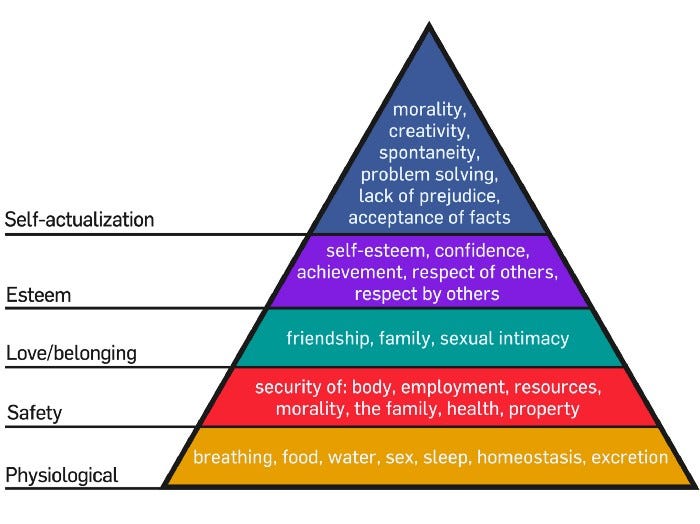Let it Go is Good Advice Unless We’re Talking Creativity
What cognitive science has to say the benefits of paying attention to irrelevancy
You’ve wandered away from the rest of your tribe, but you are not alone. There’s a rustling in the Savannah; a stirring in the long grass. Your pulse quickens, tunnel vision taking over as your muscles tense in preparation for ‘fight or flight’. You hold your breath; wait a moment, and then another. The long grass lies still. You exhale. The spell is broken. Your heartbeat slows to normal as you move on, focusing your attention elsewhere.
How long you linger before you decide something is irrelevant is a matter of latent inhibition.
Latent inhibition
Latent inhibition is the process by which we’re able to suppress irrelevant information and divert attention away from stimuli previously exposed to in favour of new and potentially relevant events. Attention is a finite resource; if you pay undue attention to false alarms, you leave yourself vulnerable to actual threats in your environment.
However, beyond survival—the various biological imperatives—we as human beings desire much more from life. I’m talking about the tippy top of Maslow’s Hierarchy of Needs: self-actualisation and creative expression. And it turns out—latent inhibition is one piece of the puzzle.

Latent inhibition and creativity
Reduced latent inhibition is an example of an over-inclusive and highly associative cognitive style, facilitating the generation of novel ideas and surprising connections. As such, it is linked to creativity.
However, it is also associated with a heightened risk of psychopathology, as are many of the other cognitive factors which enhance creativity. In the case of schizophrenia, undue attention is paid to self-generated stimuli such as hallucinations.
Your new modus operandi
If you are a writer, you might want to consider defamiliarisation (‘ostranenie’ in the original Russian), the act of describing the commonplace and taken-for-granted as something wholly foreign and conferring onto it a sense of wonder.
However, regardless of your profession or artistic medium of choice, I encourage you to embrace the seemingly irrelevant; amuse yourself with the frivolous and pore over the commonplace. Don’t be afraid to forge connections between seemingly unrelated concepts, look at the familiar and quotidian with fresh eyes, and wonder “How does that work?” and “What if?”. Your first step could be rekindling your appreciation of nature’s wonders:
A bur stuck to a woollen sock might be little more than a nuisance to some, but for one enterprising Swiss engineer, contemplating its structure allowed him to create a new type of hook and loop fastener. Velcro is ubiquitous these days and was even used in the Apollo space program. (George de Mestral also invented the asparagus peeler which is, well, a little less ubiquitous and certainly no Gilberte Fouineteau’s salad spinner).
Velcro Companies carries on this noble tradition of “taking inspiration from the natural world” whether it be gecko feet or shark teeth to this day. (NASA’s thinks geckos’ sticky feet might just be the ticket to cleaning up space debris. Presumably with space geckos.) It just goes to show that what others dismiss as insignificant could be the key to unlocking an ingenious solution or a new invention.
Please consider buyingmeacoffee or becoming a paid subscriber to support my writing—Big Velcro doesn’t pay me nearly enough.



